#prince nicholas of greece and denmark
Text
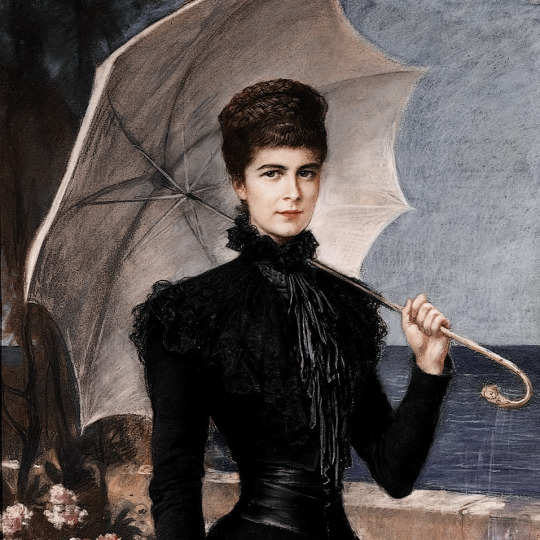

Empress Elisabeth of Austria and her Corfiot palace through the eyes of the Greek royals.
Greece was destined to offer the Empress Elisabeth the hospitality of its soil. She chose Greece as the country where she would hide herself and her sorrow. At Corfu she bought a site of ground from an old Corfiote Statesman called Braïla, and on it she built the Palace which she called "Achilleion", after her hero Achilles, whose statue was in the middle of the top garden terrace, and represented him at the hour of his death, drawing the arrow out of his heel. When in Corfu, it was understood, she was to be strictly incognito, and her wishes were always respected.
One day, suddenly, when we least expected it, she arrived at Athens, having travelled by the ordinary steamer, and called at the Palace accompanied by a lady -in-waiting. She asked the porter whether she could see the King and Queen. On the porter's inquiring who she was, she replied she was "the Empress of Austria." Whereupon we were brought down to verify that statement . It seemed impossible╴but it was the Empress of Austria! Needless to say she obtained her interview, and after half an hour's conversation she took her departure, insisting that her visit should not be returned by my parents.
As she was anxious to study Greek culture, she decided to learn modern Greek, and applied herself to the task with great energy and perseverance. She engaged a tutor for Greek conversation. Her first was Dr. Christomanos, an author and poet, who wrote a charming life of the Empress, which was translated into several languages. Her last was Count A. Mercati, who afterwards became Master of King Constantine's household.
Accompanied by her tutor, the Empress used to go off on a five or six hours' walk, all over the island; and even for the picturesque ceremony of combing and brushing her hair the tutor had to be present, talking Greek to her all the time. She learnt to speak Greek quite faultlessly. In the arrangement of her house the Empress took great pride, setting up the statues of all her new "Gods"; Sophocles, Euripides, Plato and Aristotle. She also had a statue of Heine, the poet, erected in a shrine.
When the Kaiser bought the Achilleion, he at once banished Heine, and raised Achilles from his recumbent position into a standing War Lord, with gilded helmet and shield, so that the first sight of Achilleion should be his glittering helmet.
It is a pity that the Empress tried to improve the natural beauty of the spot. Her lack of taste, I may even ungraciously say her eccentricities, were almost an eyesore. There was a grotto of artificial rock and mirrors, destined as a home for monkeys, who luckily never came to inhabit it. Though the island abounded in oranges, she sent to Italy for her fruit.
The view from the terrace over all the plain of Corfu, with its olive groves groups cypresses on one side and the sea and the mountains of Albania on the other one of the most exquisite I have ever seen.
The memoirs of His Royal Highness, Prince Nicholas of Greece and Denmark, My fifty years, 1926.
I was a child when the Empress came to Athens and saw her only once or twice, but I remember her more vividly than many people I knew far better. I imagine it was the same with everyone who came in contact with her. Her brilliant, beautiful and restless personality left an indelible impression.
She was so enchanted with Greece that she decided to build a villa in Corfu. The site she chose could not have been more beautiful, about twelve miles outside the town, set on a high hill overlooking the sea on one side and a chain of mountains on the other. But she was too impatient even to look at the plans and gave the architect carte blanche. So instead of the simple cottage she had intended he erected an orate and hideous palace lavishly adorned with frescoes, statues and bronzes of every description. This atrocity cost the Austrian Govemment twelve million crowns, I believe.
The Empress's life was dominated by the fear of losing her beauty. As she grew older it became an obsession. Hours were spent every moring brushing the glotious brown hair that she wore gathered into two great plaits coiled around her head.
This hair-brushing was a matter of solemn ritual. Any hairs that fell out during the process were carefully collected and presented to the Empress on a silver salver. If their number proved to be too many the entire day was blackened to her.
Once a captain of a Russian gunboat reported that he had seen a yacht coming into the Piraus harbour with a woman seated on the deck whose mass of hair reached down to the ground while two attendants stood behind her brushing it. " That could only be the Empress of Austria." said my father, when he heard the story.
Later in the day a carriage drove up to the Palace and a mysterious visitor was announced, a lady who refused to give her name. It was, as we expected, the Empress Elizabeth.
She insisted on preserving a strict incognito while she was in Greece, although it seemed rather unnecessary, since everyone knew who she was.
She detested nothing so much as being photographed, or even looked at for that matter, and always carried a large fan with her on her walks, so that she could unfurl it and hide her face from the passers-by.
The Empress was a fine woman in many respects, far finer, I think, than most of her biogtaphers have represented her. Intelligent, intuitive, sensitive, she had all the qualities to make a great empress. But she was tragically lacking in a sense of proportion. Even in the small issues of everyday life she had no idea of modera-tion. She could not take anything up without making it a mania.
While she was in Corfu she set herself to learn Greek, although she had gone there to rest. Now Greek is a complicated language and its study is hardly to be recommended as a restful pursuit. The Empress certainly did not regard it as such either for herself or any one else, for she wore out her two teachers, Count Mercati and Mr. Christomanos. Every day she walked ten or twelve miles with one or the other, talking Greek all the way and, even during the hair-brushing ceremony, one of them was always present reading to her.
Her figure became another obsession with her.
Although she was exaggeratedly slender when she came to Greece (she weighed, I believe, only seven stones) no Hollywood film star could have followed out a more Spartan regime. Her constant dieting made her irritable and depressed. Even when she lunched with my mother and father she would often eat nothing but a salad and some fruit, and she would start off immediately afterwards on one of her exhausting walks, skimming over the ground like a restless, beautiful wraith.
The memoirs of His Royal Highness, Prince Christopher of Greece and Denmark, 1938.
#long af post i’m sorry#empress elisabeth of austria#empress sisi#greek royal family#prince nicholas of greece and denmark#prince christopher of greece and denmark
108 notes
·
View notes
Text



Prince Nicholas “Greek Nicky” of Greece and Denmark with his 1st-cousins-once-removed Grand Duchesses Olga and Tatiana Nikolaevna, 1899 🤍
#so sweet 🥹#prince nicholas of greece and denmark#Nicholas of Greece and Denmark#olga nikolaevna#tatiana nikolaevna#romanov#otma#romanovs#1899#greek royal family#danish royal family#wolfsgarten
19 notes
·
View notes
Text

Tsar Nicholas and Tsesarevich George Alexandrovich with their cousin Prince Nicholas of Greece and Denmark 1890s.
#nicholas ii#george alexandrovich#prince nicholas of greece and denmark#1890s#romanovs#russian empire#grand duke george#tsar nicholas ii#nicholas of greece
21 notes
·
View notes
Text
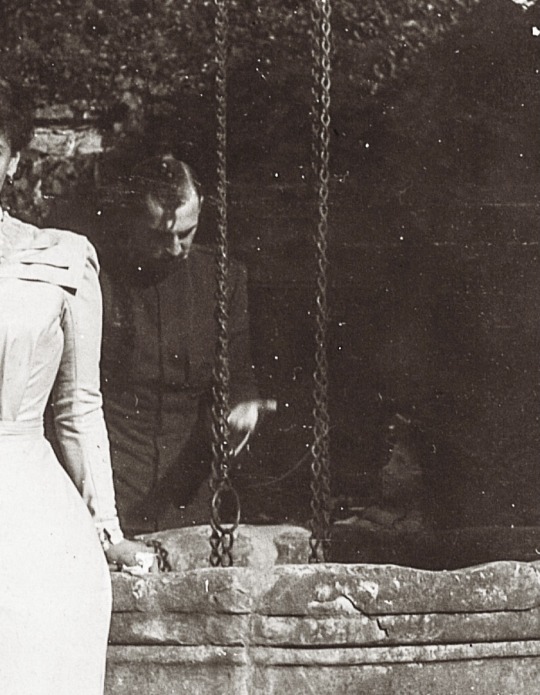
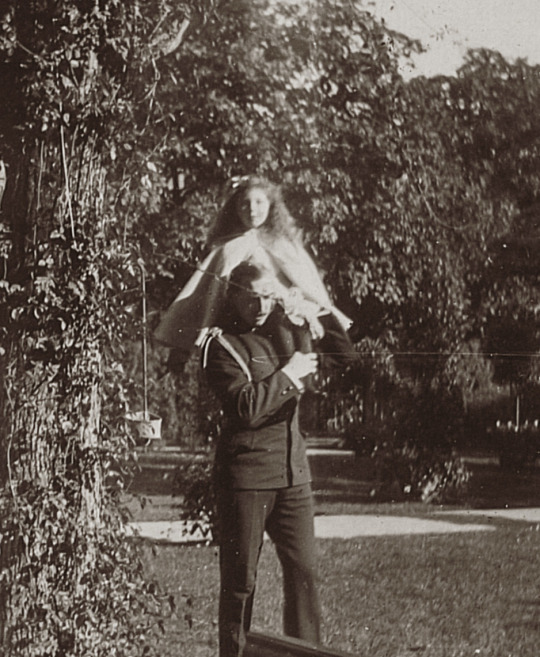
Candid moments between Prince Nicholas of Greece and Denmark aka “Greek Nicky” with his 1st cousin once removed, Princess Elisabeth “Ella” of Hesse, Wolfsgarten, Darmstadt, 1899
#awe cuties 🥰#✨😍🤍#prince nicholas of greece and denmark#prince Nicholas#greek royal family#princess elisabeth of hesse#ella of hesse#elisabeth of hesse#hessian royal family#hesse#wolfsgarten#1899#Nicholas of Greece and Denmark#greek Nicky#danish royal family
21 notes
·
View notes
Text
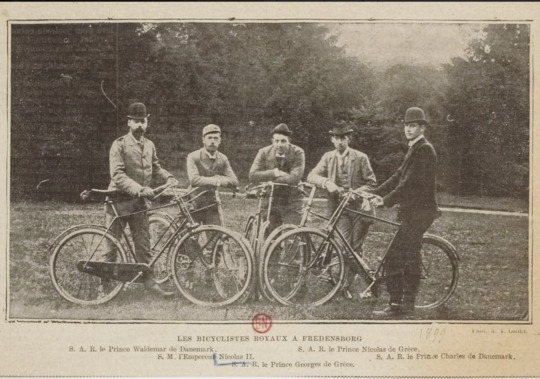
THE BICYCLE WAS ALL THE RAGE, SO THE ROYALS HAD TO GET INTO CYCLING
On the photo above, from left to right: Prince Valdemar of Denmark, Emperor Nicholas II, “Greek Georgie” (Prince George of Greece), “Greek Nicky” (Prince Nicholas of Greece) and Prince Christopher of Denmark. These guys really dressed up to go riding…neck tie, hat…
On the photo below, from left to right, Grand Duke Mikhail Alexandrovich…the jock of the group as usual, notice the handle of his bike; Cousin Victoria of Wales with an incredibly small waist, Queen Maud and her handsome and intelligent husband Hakoon VII.

#russian history#imperial russia#nicholas ii#vintage photography#prince nicholas of greece and denmark#prince george of greece#Grand Duke Mikhail Alexandrovich#Princess Victoria of Wales#Queen Maud of Norway#King Haakon VII of Norway#prince Charles of denmark
17 notes
·
View notes
Text
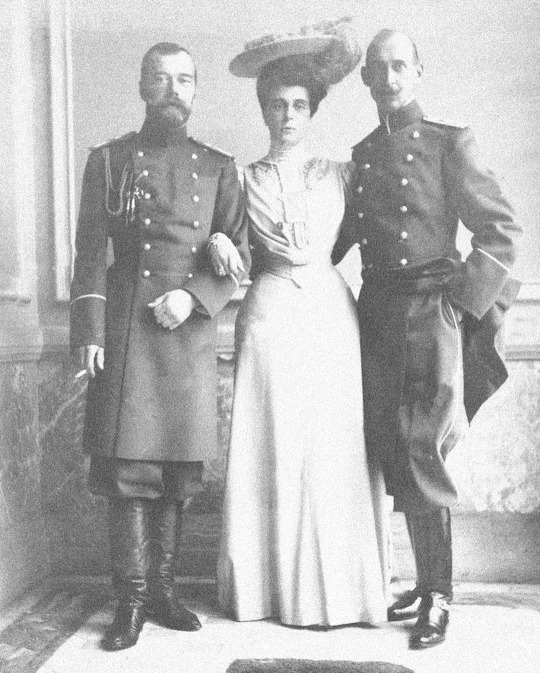
(L–>R)
Tsar Nicholas II of Russia with his 1st cousin, Grand Duchess Elena Vladimirovna of Russia, and her husband, Prince Nicholas of Greece and Denmark.
#tsar nicholas ii#grand duchess elena vladimirovna#elena vladimirovna#prince nicholas of greece and denmark
8 notes
·
View notes
Text
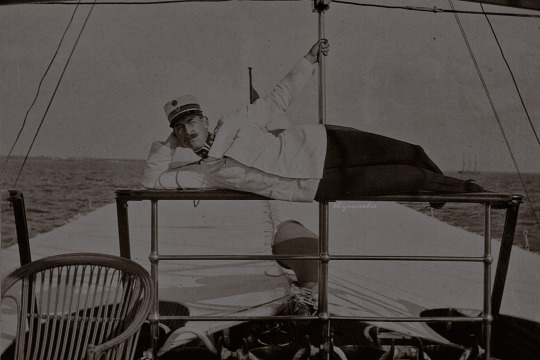

Prince Nicholas of Greece showing off his modelling skills.
(x)
58 notes
·
View notes
Photo
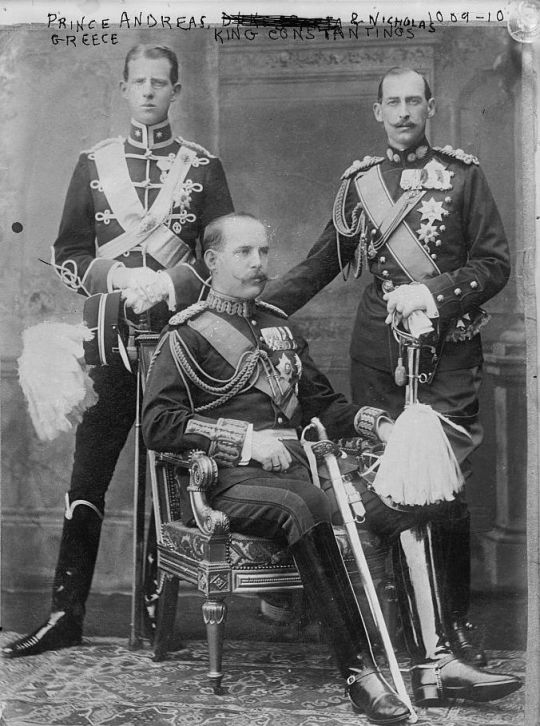
30 notes
·
View notes
Text
George and Marina: Duke and Duchess of Kent by Christopher Warwick #HouseofWindsor #Audiobook #BookReview
The #AudiblePlus catalog had a few books on the #royalfamily that I had to check out. One was about the #DukeandDuchessofKent, #QueenElizabethII aunt and uncle. #PrinceGeorge and #PrincessMarina both came from royal houses. #Audiobook #BookReview
For eight brief years, before he was tragically killed in a mysterious air crash during the Second World War, Prince George, Duke of Kent, son of King George V and Queen Mary, and his beautiful wife, Princess Marina of Greece and Denmark, were the British monarchy’s, indeed, high society’s, most glamorous royal couple; and as golden royal icons they are still remembered.As a young man,…

View On WordPress
#Abdication#Abdication Crisis#Albert Bridge Books#Duchess of Kent#Duke and Duchess of Kent#Duke of Kent#George and Marina#Grand Duchess Yelena Vladimirovna#House of Windsor#King Edward VIII#King George V#King George VI#Prince Edward#Prince George#Prince Nicholas of Greece#Prince of Wales#Princess Marina#Princess Marina of Greece and Denmark#Queen Elizabeth#Queen Mary#Tantor Audio
2 notes
·
View notes
Text
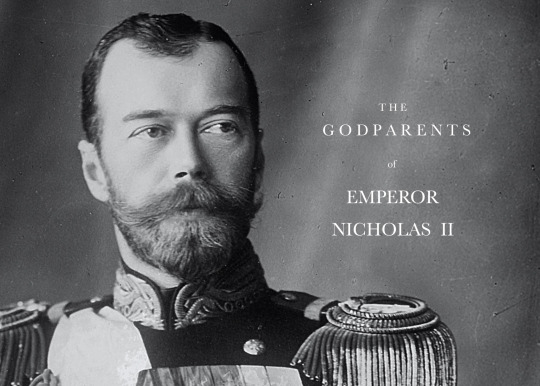


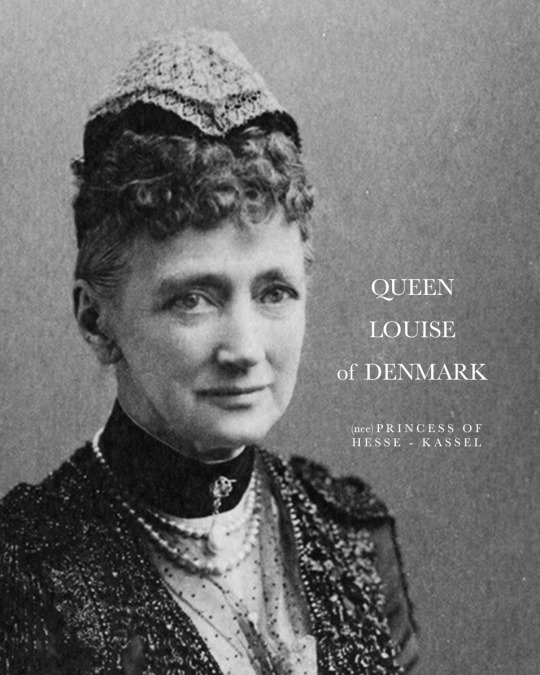

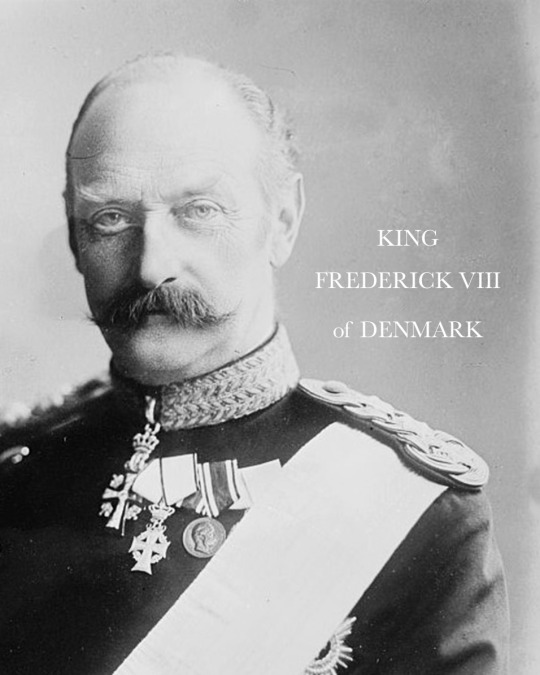
GODPARENTS OF NICHOLAS II
Born during his grandfather's reign on 18 May (New Style) 1868 at the Alexander Palace, Tsarkoe Selo in Saint Petersburg. He was the eldest son of Alexander III and his wife Maria Feodorovna (then, the Tsarevich and Tsarina of Russia). He was christened on 1 June at the Chapel of the Resurrection of the Catherine Palace at Tsarskoe Selo, by the confessor of the imperial family, protopresbyter Vasily Borisovich Bazhanov. His godparents were:
ALEXANDER II, EMPEROR OF RUSSIA - his paternal grandfather, the Russian Emperor stood as one of the godparents. He became the Emperor of All Russia in 1855. Alexander’s most significant reform as emperor was the emancipation of Russia’s serfs in 1861, for which he is known as Alexander the Liberator. He was assassinated in 1881 when the young Nicholas was only 12 years-old, to which he became the heir apparent upon his death.
PRINCESS MARIE OF HESSE AND BY RHINE, EMPRESS MARIA ALEXANDROVNA OF RUSSIA - his paternal grandmother, the consort of Emperor Alexander II, was another of his godparents. Known for her intellect, she was one of the founders of the Russian Red Cross Society. However, she suffered from tuberculosis from 1863 and spent long stays in southern Europe to avoid harsh winters. Although she and her husband were unofficially separated sometime after the death of their eldest son, Maria was treated with respect and love by her surviving family. Maria passed away from illness when the young Nicholas was still a child.
PRINCESS LOUISE OF HESSE-KASSEL, QUEEN CONSORT OF DENMARK - his maternal grandmother was listed as one of his godparents. Louise became the Queen consort of Denmark upon her husband's - King Christian IX - accession in 1863, just few years before her grandson Nicholas' birth. She, herself, was a niece of another King of Denmark (Christian VIII). The great dynastic success of Louise's six children was to a great extent a result of Louise's own ambitions - through them, she was a grandmother of not only the future Tsar of Russia (Nicholas II), but also that of King George V of the United Kingdom; King Constantine I of Greece; King Christian X of Denmark, and King Harken VII of Norway.
GRAND DUCHESS ELENA PAVLOVNA OF RUSSIA - his great-great-aunt, the wife of the late Grand Duke Michael Pavlovich, was one of his godparents. Born as Princess Charlotte of Württemberg, she became a close friend of his grandmother the Empress Maria Alexandrovna, and was known as an intellectual. She was also considered the most exceptional woman in the imperial family since Catherine the Great.
KING FREDERICK VIII OF DENMARK - then, the Crown Prince, his maternal uncle stood as one of his godparents. During the long reign of his father, he was largely excluded from influence and political power. Upon his father's death in 1906, he acceded to the throne at the advanced age of 62. In many ways, Frederick VIII was a liberal monarch who was much more favorable to the new parliamentary system introduced in 1901 than his father had been, being reform-minded and democratically inclined.
Source
85 notes
·
View notes
Text
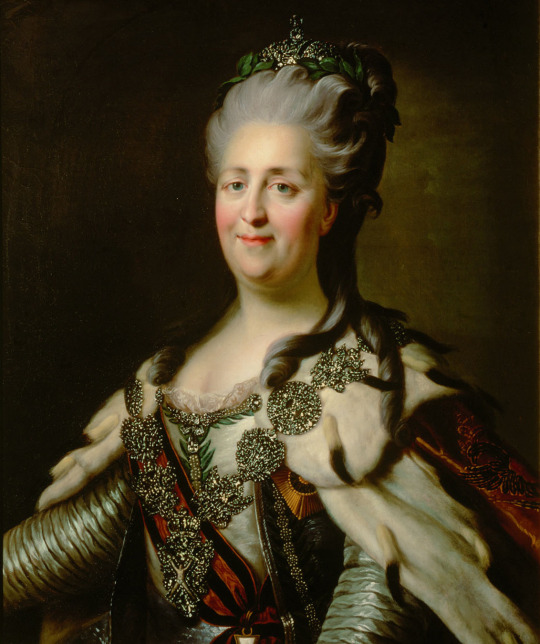



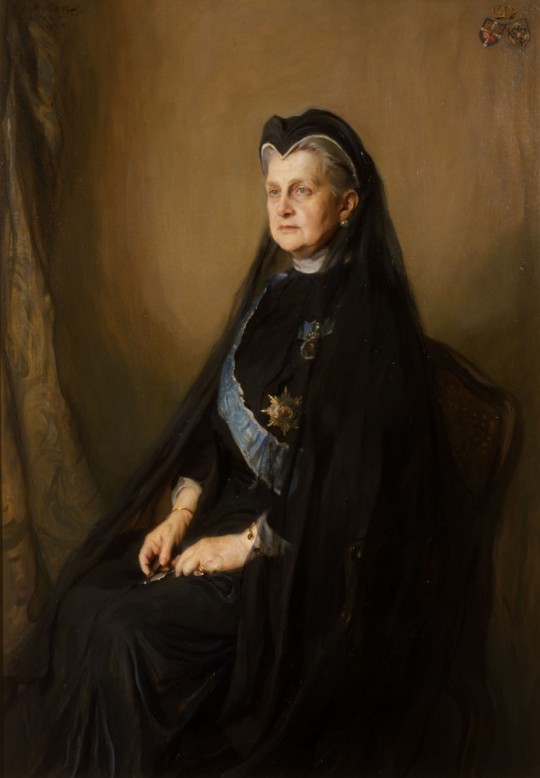

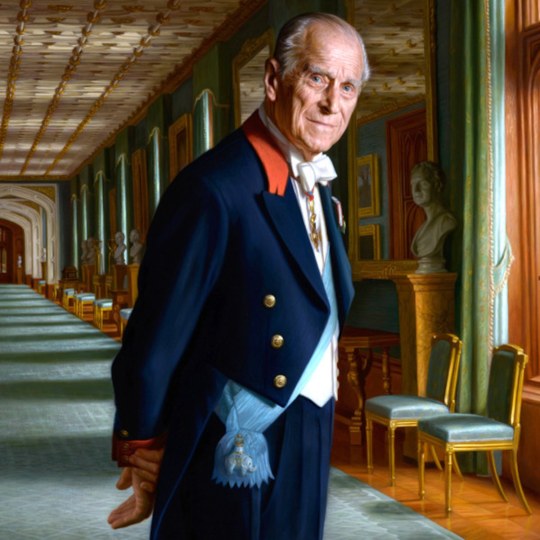


Catherine II the Great, Empress of Russia: 6th great-grandmother of The Prince of Wales.
Catherine II of Russia -> Paul I of Russia -> Nicholas I of Russia -> Grand Duke Konstantin Nikolayevich of Russia -> Olga Constantinovna, Queen consort of Greece -> Prince Andrew of Greece and Denmark -> Prince Philip, The Duke of Edinburgh -> King Charles III of GB -> The Prince of Wales.
#ktd#british royal family#prince william#brf#throwback#king charles lll#prince philip#catherine the great#the great#empress of russia#russian imperial family#tsar Paul I#Paul I#greek royal family#art#art history#history#european royalty
43 notes
·
View notes
Text

King Christian IX of Denmark had three daughters:
Princess Alexandra of Denmark (later Queen of United Kingdom) was born in 1 December 1844
Princess Dagmar of Denmark (later Empress of Russia) was born in 26 November 1847
Princess Thyra of Denmark (later Crown Princess of Hanover) was born in 29 September 1853
Princess Alexandra was a personality of an uncommon order. The gracious lady was graciousness itself. She was distinguished, not by any desire to enter into public affairs, but by a kindliness, a generosity, a sympathy with all classes, poor and rich, which endeared her to the whole people.Alexandra shared a draughty attic bedroom with her sister, Dagmar, made her own clothes, and waited at table along with her sisters. Alexandra and Dagmar were given swimming lessons by the Swedish pioneer of women's swimming, Nancy Edberg. At the age of 19 Alexandra married Prince Edward of Wales, the eldest son of queen victoria and Heir of Great Britain throne, Edward loved his wife but was not faithful to his marriage!the result of this marriage was 6 children. 🥰❤️
Dagmar was known for her beauty. Princess Mary Adelaide of Cambridge said that Dagmar was "sweetly pretty" and commented favorably on her "splendid dark eyes." Dagmar was intelligent, When considered Dagmar for queen victoria's second son Alfred, Duke of Saxe-Coburg and Gotha, Queen Victoria judged that "Dagmar is cleverer [than her older sister, Alexandra]... she is a very nice girl." At the age of 19, Dagmar married the Russian Tsesarevich Alexander, after the shocking death of her fiancé Tsesarevich Nicholas, who was Alexander's older brother. The result of their marriage was 6 childrenWhen she married, she didn't know how to speak any Russian. However, within a few years, she mastered the language and was so proficient that her husband, tsar Alexander iii wrote to her in Russian.🥺🤍
Princess Thyra As a child shared a bedroom with her elder sisters, Alexandra and Dagmar, and was taught how to sew and knit her own clothes and socks. Thyra was an attractive and gentle young woman, with dark hair and dark blue eyes, and king Christian and Queen Louise wanted their youngest daughter to make a good marriage as their elder daughters had. Thyra's first suitor was King Willem III of the Netherlands, but as he was thirty-six years older than she was, she rejected him.In her youth, Thyra had fallen in love with Vilhelm Frimann Marcher, a lieutenant in the cavalry, which resulted in a pregnancy. Her brother George I of Greece suggested that she have the baby in Athens to avoid scandal; the Danish press was told Thyra had been taken ill with jaundice. At the age of 25, Thyra married Ernest Augustus, Crown Prince of Hanover, and the result of this marriage was 6 children.🤩💗
32 notes
·
View notes
Text

Rare photo of the 5 eldest children of King George I of Greece and Grand Duchess Olga Konstantinovna of Russia, 1880(?)
from left to right: George, Marie “Minnie”, Constantine, Nicholas, and Alexandra
#greek royal family#king Constantine i#king Constantine I of greece#prince george#prince George of Greece and Denmark#princess Alexandra of Greece and Denmark#Alexandra georgievna#prince Nicholas of Greece and Denmark#Princess Marie of Greece and Denmark#maria georgievna#1880#1880s#1870s
4 notes
·
View notes
Text

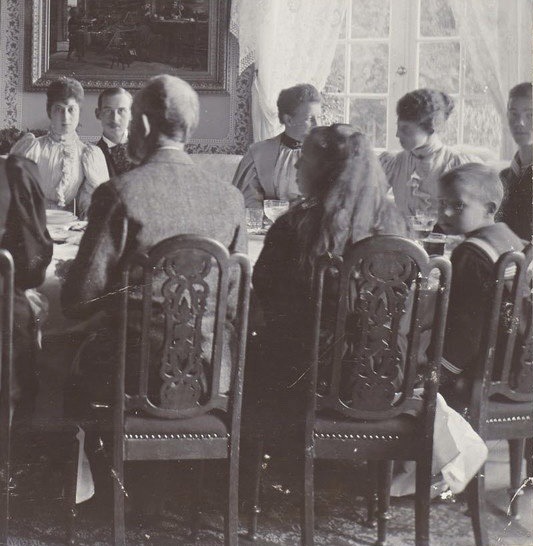
Bernstorff 1895
Princess Victoria of Wales, Grand Duke Mikhail Alexandrovich, Princes Andrew, Christopher of Greece and Denmark, Grand duchess Olga Alexandrovna, Prince Johann of Glocksburg.
on the opposite side
Princess Maud of Wales, Prince Nicholas of Greece and Denmark, Princess Maria of Greece and Denmark.
#princess victoria#mikhail alexandrovich#prince andrew of greece and denmark#olga alexandrovna#johann of Glocksburg#princess maud#nicholas of greece#Maria of Greece#michael alexandrovich#Victoria of Wales#maud of Wales#prince Nicholas of Greece and Denmark#Princess Maria of Greece and Denmark#bernstorff#1895s#russian empire#Romanov#Christopher of Greece#prince christopher of Greece and Denmark
16 notes
·
View notes
Text

Prince Nicholas of Yugoslavia, grandson of Elena Vladimirovna.
He was the second son of Elena's daughter Olga and Prince Paul of Yugoslavia, and was named for his maternal grandmother, Prince Nicholas of Greece and Denmark.
21 notes
·
View notes
Text


Photographs: 1. Grand Duke Pavel Alexandrovich; 2. Pavel's first wife: Grand Duchess Alexandra Georgievna (Nee Princess Alexandra of Greece and Denmark); 3. Pavel's morganatic wife: Olga Valerianovna, Princess Paley (nee Olga Valerianovna Karnovich).
Grand Duke Pavel Alexandrovich (1860 - 1919) and his children
Grand Duke Pavel was the youngest son of Emperor Alexander II and Empress Maria Alexandrovna. As a child and even as an adult, he had very frail health (but that did not prevent him from being very successful with the ladies and a great dancer.) Politically, Pavel would play his most important role toward the end of the Romanov dynasty, when he largely acted as a liaison between Empress Alexandra and Emperor Nicholas II and the rest of the Romanov family. It was Grand Duke Paul who informed the Empress of the abdication.
Pavel was married twice and had five children. His first wife was Grand Duchess Alexandra Georgievna (nee Princess Alexandra of Greece and Denmark.) He had two children with her, Grand Duchess Maria Pavlovna (the younger) and Grand Duke Dmitry Pavlovich (Alexandra died giving birth to him.) Several years later, Pavel married Olga Valerianovna Karnovich morganatically and was exiled from Russia by the Emperor; the couple had a comfortable exile since Paul had money out of Russia. Olga would be made Princess Paley when the couple was allowed to return to Russia. By the time they returned to Russia, they had three children: Vladimir, Irina, and Natalia.
Grand Duke Pavel's five children were remarkably good-looking. One of his daughters, Natalia, became a model and actress in the United States. It is a shame that they had to live through such horrible times; none of them seem to find lasting stability in the area of relationships throughout their lives. But this post is just about what a good example of the general good looks of the Romanov family Pavel's children were.
Following are some photographs of Pavel's beautiful offspring:
Photographs: Pavel and Olga's children: 1. Prince Vladimir Pavlovich Paley; 2. Princesses Natalia and Irina Pavlovna Paley; 3. Prince Vladimir with his two little sisters; 4. Prince Vladimir; 5. Princess Irina Pavlovna; 6. Princess Natalia Pavlovna

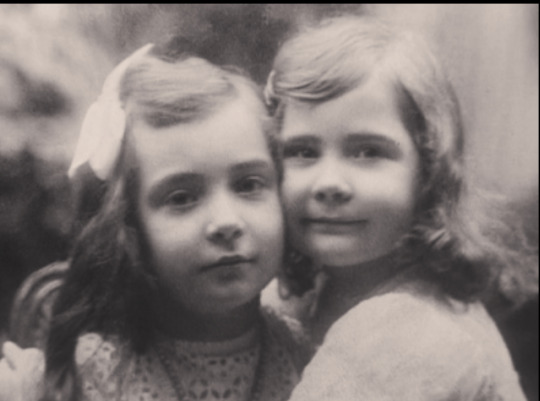


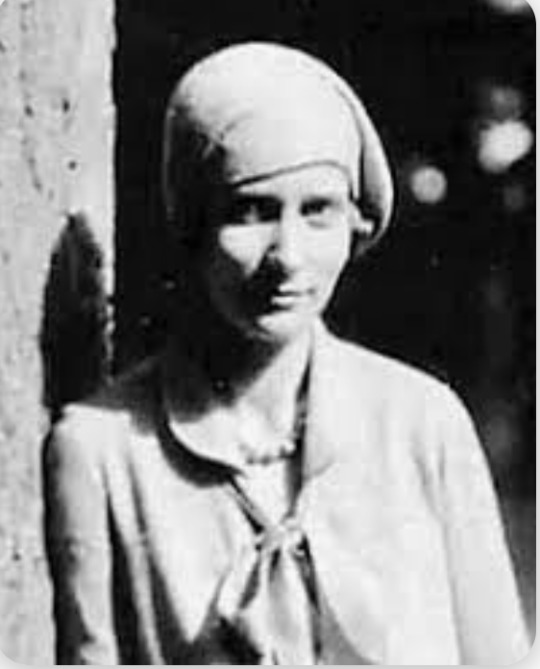

Photographs: Pavel and Alexandra's children: 1. Grand Duke Dmitry Pavlovich and Grand Duchess Maria Pavlovna the Younger; 2. Grand Duchess Maria Pavlovna; 3. Grand Duke Dmitry Pavlovich
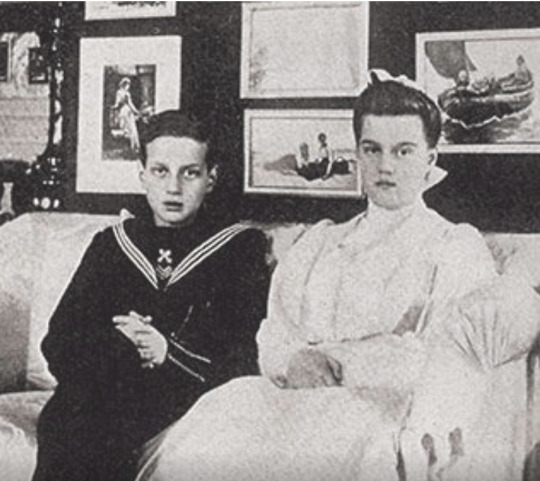
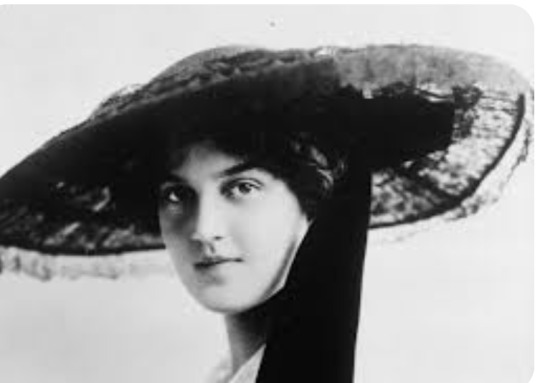

#russian history#romanov dynasty#Grand Duchess Alexandra Georgievna#Grand Duke Pavel Alexandrovich#Grand Duke Dmitry Pavlovich#Grand Duchess Maria Pavlovna the Younger#Princess Olga Valerianovna Paley#Prince Vladimir Pavlovich Paley#Princess Natalia Pavlovna Paley#Princess Irina Pavlovna Paley
23 notes
·
View notes